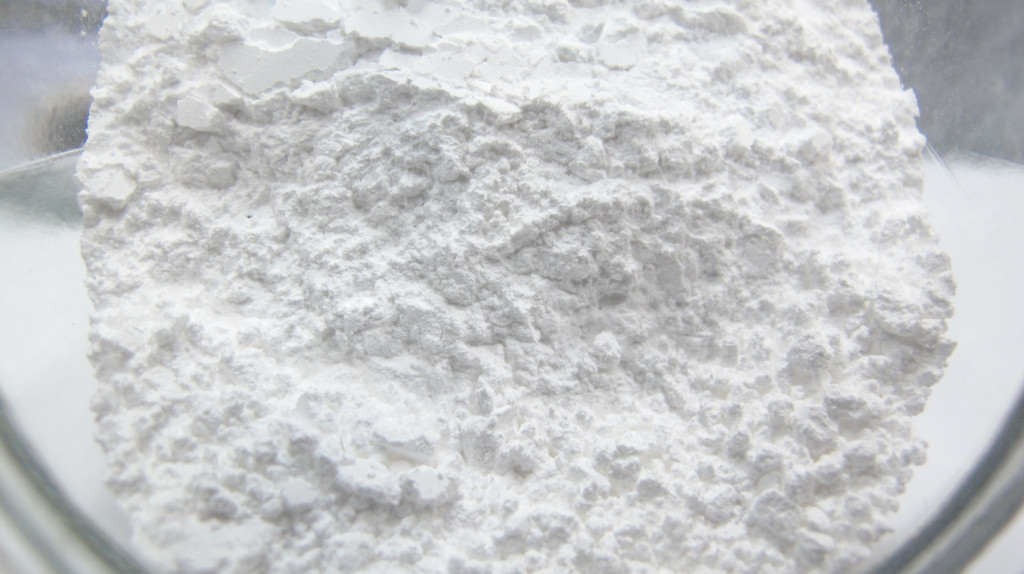Table of contents
Introduction
Walking through the streets, you’ll always see well-dressed men and women, with trendy, fashionable outfits—personalized, avant-garde, vintage… As long as your imagination is enough, you can mix and match however you like, and still turn heads. In this era of bold expression, everything is up to you. However, the same cannot be said for the metallographic polishing machine in our lab. Customization is fine, but you can’t mismatch, or you won’t be able to reveal the truth of your sample.
A metallographic polishing machine is an essential sample preparation device for every metallographic laboratory. However, there are many types and models of metallographic grinding and polishing consumables that can be paired with the machine—there are hundreds of varieties. Metallographic technicians usually use several types or models of consumables, which should be selectively purchased and stocked based on the technical requirements of sample preparation.
Below, Honway provides a brief introduction to the grinding and polishing consumables that can be used with the metallographic polishing machine, for your reference in case you need them in the future.
Metallographic Grinding and Polishing Consumables
The main purpose of the metallographic polishing machine is to grind and polish metallographic samples. Consumables that can be used for grinding and polishing include metallographic sandpaper, diamond grinding discs, diamond polishing fluids, aluminum oxide/silicon oxide suspensions, polishing powders, polishing pastes, polishing cloths, diamond films, and polishing coolant lubricants, among many others. Each category has multiple models, and due to different applications, it’s best to consult the manufacturer’s application engineer for advice when making a purchase.
- Metallographic Sandpaper: The metallographic sandpaper used with the polishing machine is typically round silicon carbide paper, available with or without adhesive backing. Adhesive-backed sandpaper can be easily applied to the grinding disc, making it more convenient to replace but more expensive than non-adhesive-backed versions. Non-adhesive sandpaper requires a clamp for attachment, making it more economical. The size of the grinding disc on the polishing machine determines the size of sandpaper needed. Common sizes are 8in, 10in, and 12in, with some smaller sizes like 3in also in use. The grit of the sandpaper ranges from coarse P60 (260μm) to fine P4000 (5μm), and the appropriate grit should be selected based on the material and the preparation goals of the sample.
- Diamond Grinding Discs: These are circular diamond grinding and polishing discs compatible with the polishing machine. The diameter should match that of the sandpaper, and all discs typically come with adhesive backing. There are several types, such as coarse-grit and colored diamond discs. The type of disc chosen must match the physical properties of the sample material. For instance, samples made of ultra-hard materials such as carbide, ceramics, glass, or thermal spray coatings should not use diamond discs intended for softer materials like copper, brass, or aluminum alloys. Each type of diamond disc has specific characteristics and cannot be used interchangeably, so it’s crucial to select the right one.
- Polishing Fluids: The main types of polishing fluids compatible with metallographic polishing machines are diamond polishing fluids and final polishing fluids made from aluminum oxide/silicon oxide. Diamond polishing fluids come in polycrystalline, monocrystalline, and mixed varieties. Polycrystalline fluids are typically concentrated and require dilution before use, offering strong abrasive power but at a higher price. Monocrystalline and mixed polishing fluids are more commonly used. Diamond abrasive particle sizes range from 0.05μm to 45μm, with 1μm to 15μm being the most common for general applications. Aluminum oxide/silicon oxide final suspensions have particle sizes from 0.02μm to 1μm and are commonly used for final polishing due to their lower cost.
- Polishing Coolant and Lubricant: Polishing coolant and lubricant are used alongside polishing fluids, offering excellent cooling and lubricating effects, as well as being environmentally friendly and corrosion-resistant. There are two types: water-based and oil-based. Water-based fluids are suitable for materials not sensitive to water, while oil-based fluids are used for water-sensitive materials, typically at low polishing speeds. These coolants are essential consumables for metallographic polishing machines, with water-soluble coolants being more widely used.
- Polishing Cloths: Polishing cloths come in a variety of materials, such as silk, wool, nylon, and non-woven fabrics, each suited for different materials. They are used in conjunction with polishing fluids, and different cloths are paired with polishing fluids of varying particle sizes. The material of the sample determines the type of polishing cloth to be used. It’s recommended to refer to an application engineer’s suggestion when selecting the right cloth. Polishing cloths are a standard accessory of the metallographic polishing machine and one of the essential consumables.
- Polishing Paste: This usually refers to diamond polishing paste, which can be made from monocrystalline or polycrystalline diamond particles. It is suitable for softer materials prone to embedding, as well as for high-hardness materials like ceramics, glass, carbide, and other high-precision tools requiring a high degree of surface finish.
- Diamond Film: Also known as diamond polishing discs, these have particle sizes ranging from 0.1μm to 30μm and are known for their mild abrasive properties. They are ideal for fine grinding and polishing of hard materials like ceramics in specific applications.
These are the grinding and polishing consumables compatible with metallographic polishing machines. Polishing paste and diamond film are for special applications and should only be purchased when needed. Though they may lack the trendiness of fashion, they are highly practical for everyday use. This introduction is intended to provide a reference for those selecting these products.

